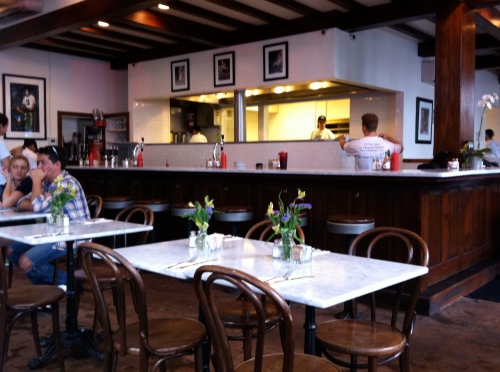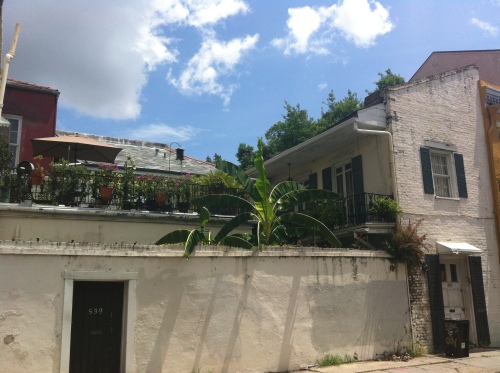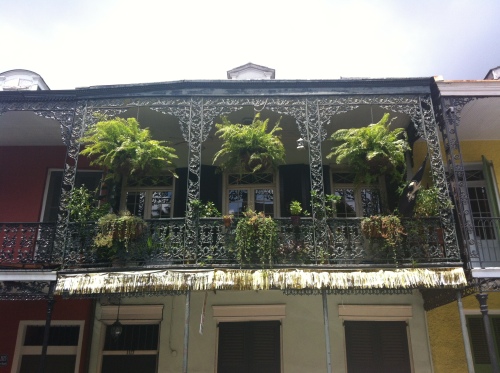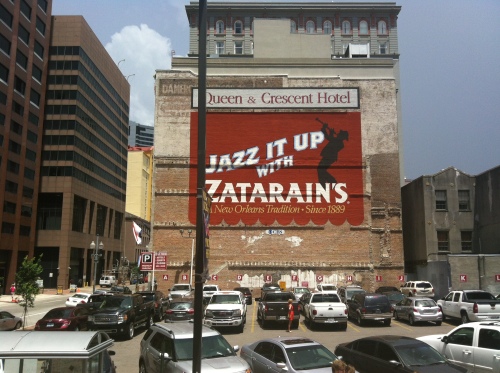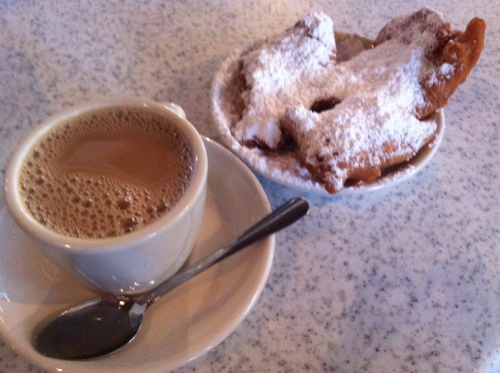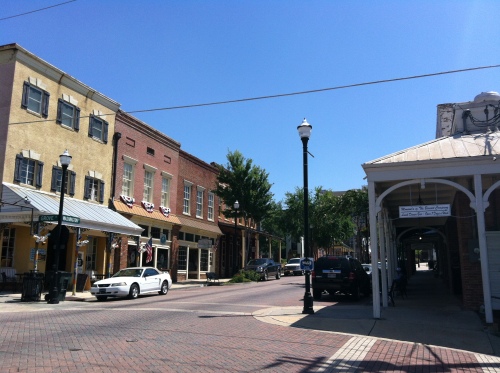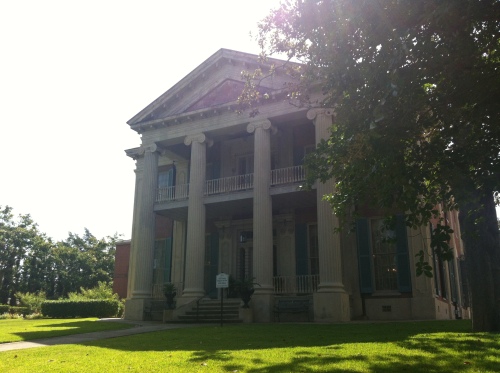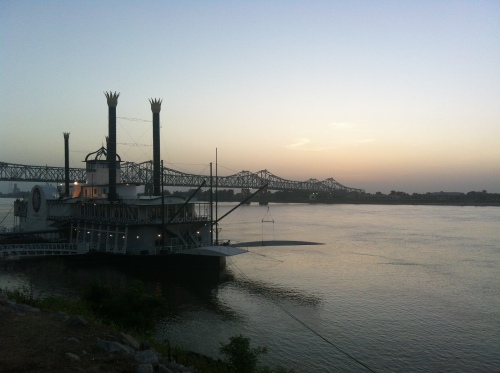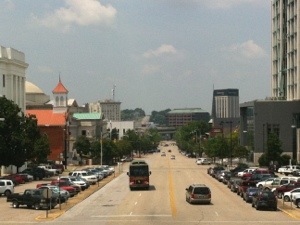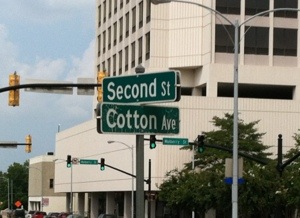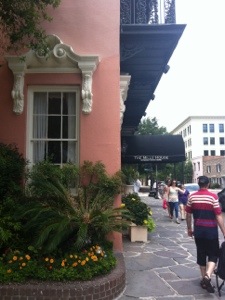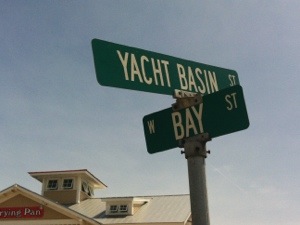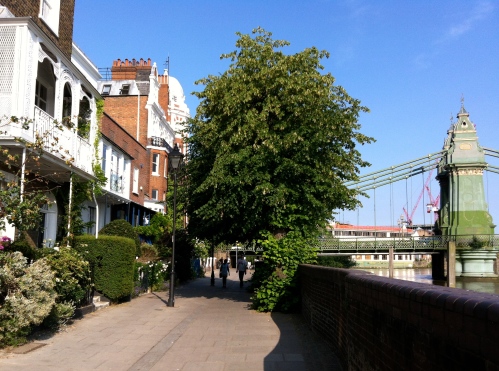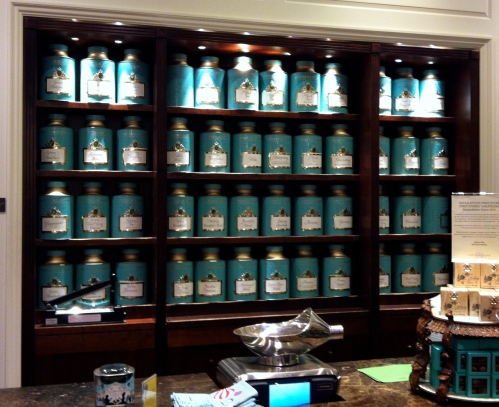I’m back in Washington DC since a few days and I’m still processing all the impressions that I have from our road trip. I look through my photos over and over again, trying to remember the sentiment I got from each particular place. Swedish Monika said that I seemed to have had really high expectations before the trip and she asked me if it had met my expectations. The answer is both yes and no. Some places were better or more impressive than I had expected, and some places did not meet my expectations at all. I think I thought we would see more small towns where life goes on at its own pace. But instead, it was so empty everywhere, with places just abandoned or, frankly, quite dead. Also, after we left Savannah, it was like the U.S.’s brand symbols gradually disappeared. We no longer saw the typical fast food chains and retailers. They where probably there, but not everywhere in the way they are in other parts of the U.S. It was in fact a bit difficult at times to find a place to eat, and we could drive for hours before we came across a diner that was open. (In Alabama, the diner where we had lunch was combined with the local gas station.) And it wasn’t because there were no people and just nature, like when we drove through the West last year, we did drive through communities but there simply was very little going on there in terms of commerce. Instead, there were churches in abundance, sometimes lined up one after the other, and with enormous parking lots in front of them.
Another interesting thing that struck me was the celebration of the Confederacy. Everywhere we went, the main tourist attractions would be linked to the Confederate Government, Confederate leader Jefferson Davis (or President Davis in the South), Confederate General Lee, or another important figure in the fight against the North. In Natchez, the Union (North’s) Army’s stationing in the town was referred to as the occupation. And even in Montgomery, there was little nuanced celebration of the Confederate monuments, even though famous locations for the Civil Rights Movement were also pointed out with equal pride. But in most places, there didn’t seem to be any Civil Rights events to point to, only monuments from the Confederacy. Maybe it symbolizes something else down in the South, but for an outsider, the Confederacy’s stance on slavery overshadows everything that might have been a source of pride.
